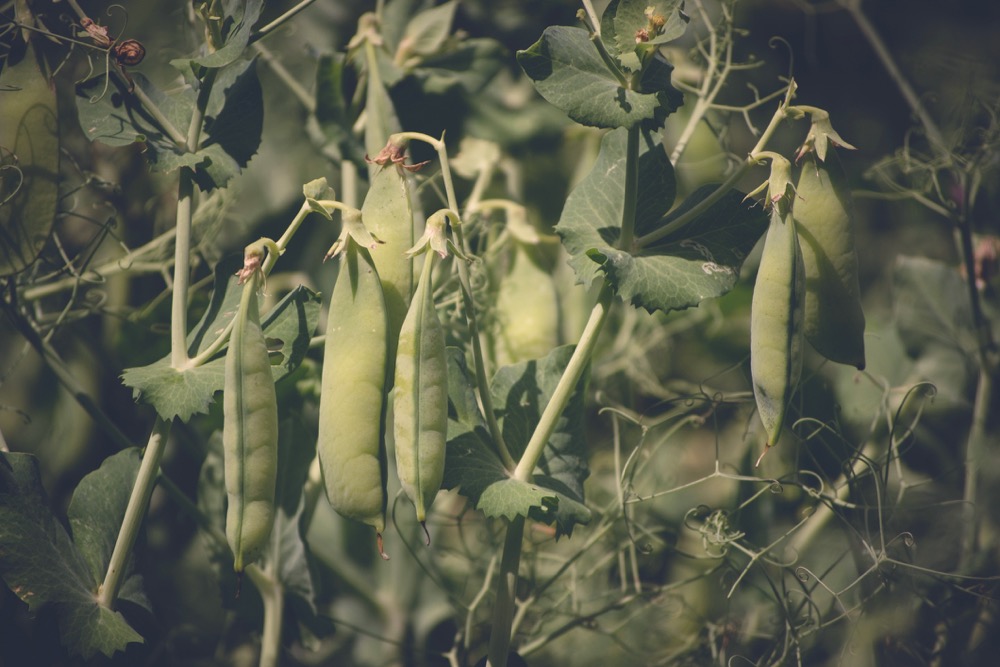U.S. wheat ratings fell to 39 per cent good to excellent, the lowest ever for early November, as the health of the crop deteriorated due to dry conditions in the southern U.S. Plains.
The U.S. Agriculture Department’s weekly crop progress and conditions report released on Monday afternoon also said the U.S. corn harvest was 95 per cent completed and the soybean harvest 93 per cent completed as of Nov. 4.
Analysts, on average, had expected good-to-excellent ratings for wheat to be 39 per cent, the corn harvest 95 per cent completed and the soybean harvest 92 per cent completed, according to a Reuters survey.
Read Also

Pulse Weekly: Yields coming into focus
Provincial agricultural departments are reporting pulse yields higher than Statistics Canada’s September estimates.
Wheat’s good-to-excellent ratings were down 1 percentage point from a week ago and the parched soils were keeping much of the crop from getting well established as it heads into dormancy. A year ago, wheat was rated 49 per cent good to excellent.
"Moisture is still needed throughout the State to establish the 2013 wheat crop," according to a report from the Kansas field office of the USDA’s National Agricultural Statistics Sevice (NASS).
In Kansas, the biggest U.S. wheat-producing state, the winter wheat crop was rated 37 per cent good to excellent. A year ago the Kansas crop was 45 per cent good to excellent.
No immediate relief seen
Joel Widenor, a meteorologist with the Commodity Weather Group, said in his outlook on Monday that the Plains wheat belt was unlikely to get any relief over the next two weeks.
The corn harvest was still well ahead of the five-year average of 71 per cent, but has fallen behind the record pace of 2010 as rain slowed farmers, particularly in the eastern Corn Belt, as they neared the end of their combining. A week ago, the harvest was 91 per cent completed.
The soybean harvest also was ahead of the early November five-year average of 86 per cent. But muddy conditions kept many growers out of the fields last week and the harvest advanced only 6 per centage points during that time.
"The remnants of Hurricane Sandy blew through Ohio earlier in the week and produced a significant amount of precipitation," the Ohio field office of NASS said in a report. "Producers were able to get in some field work beforehand, including harvest of corn and soybeans, and fall tillage. Afterwards, fields were too wet for any work to be done."
Ohio’s farmers had finished just 74 per cent of their corn harvest and 86 per cent of their soybean harvest as of Nov. 4.
Mark Weinraub reports for Reuters in Chicago















